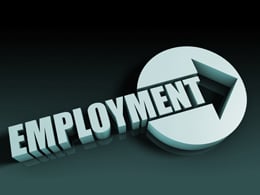One of my particular interests in investing is how to make better decisions. I’ve written before about biases and problems we face, and much of the current research is in fields such as behavioral finance, with a focus on how to avoid mistakes that seem to be hardwired into our brains.













